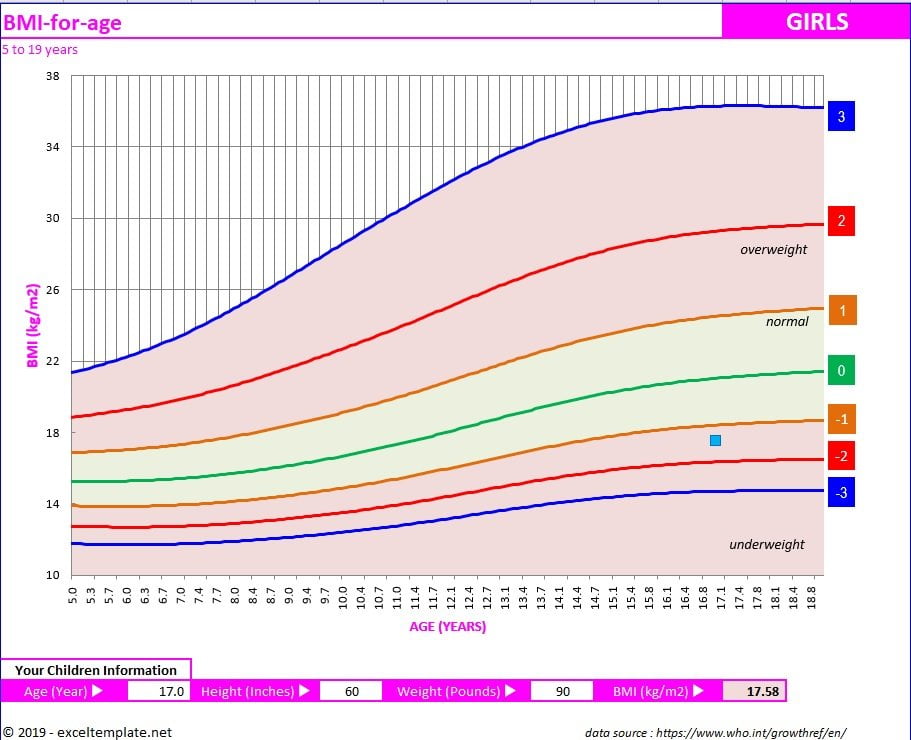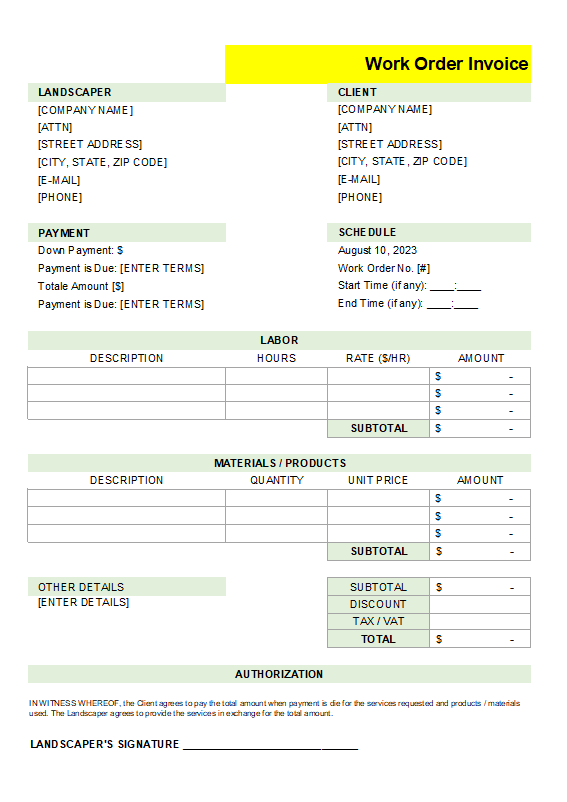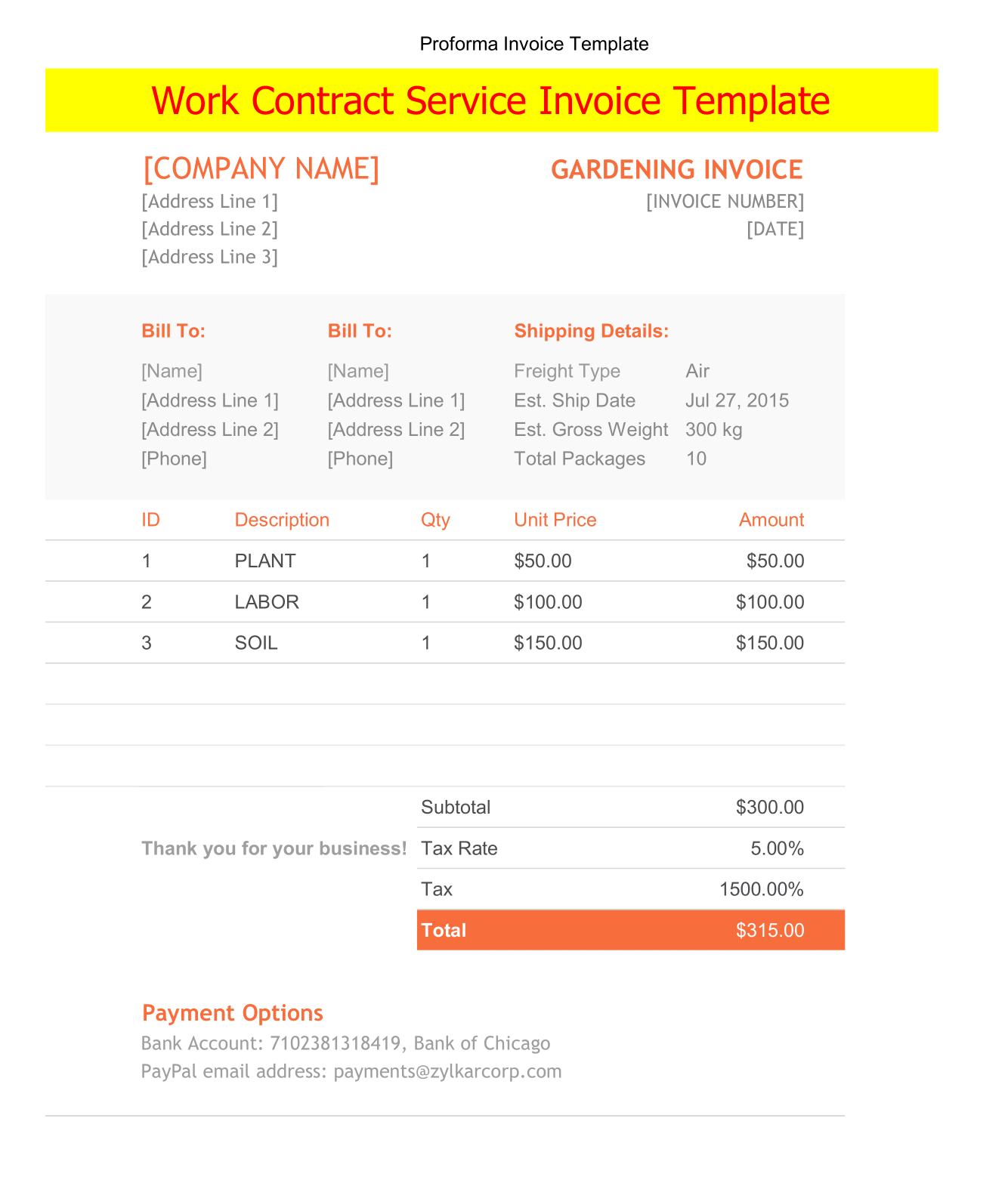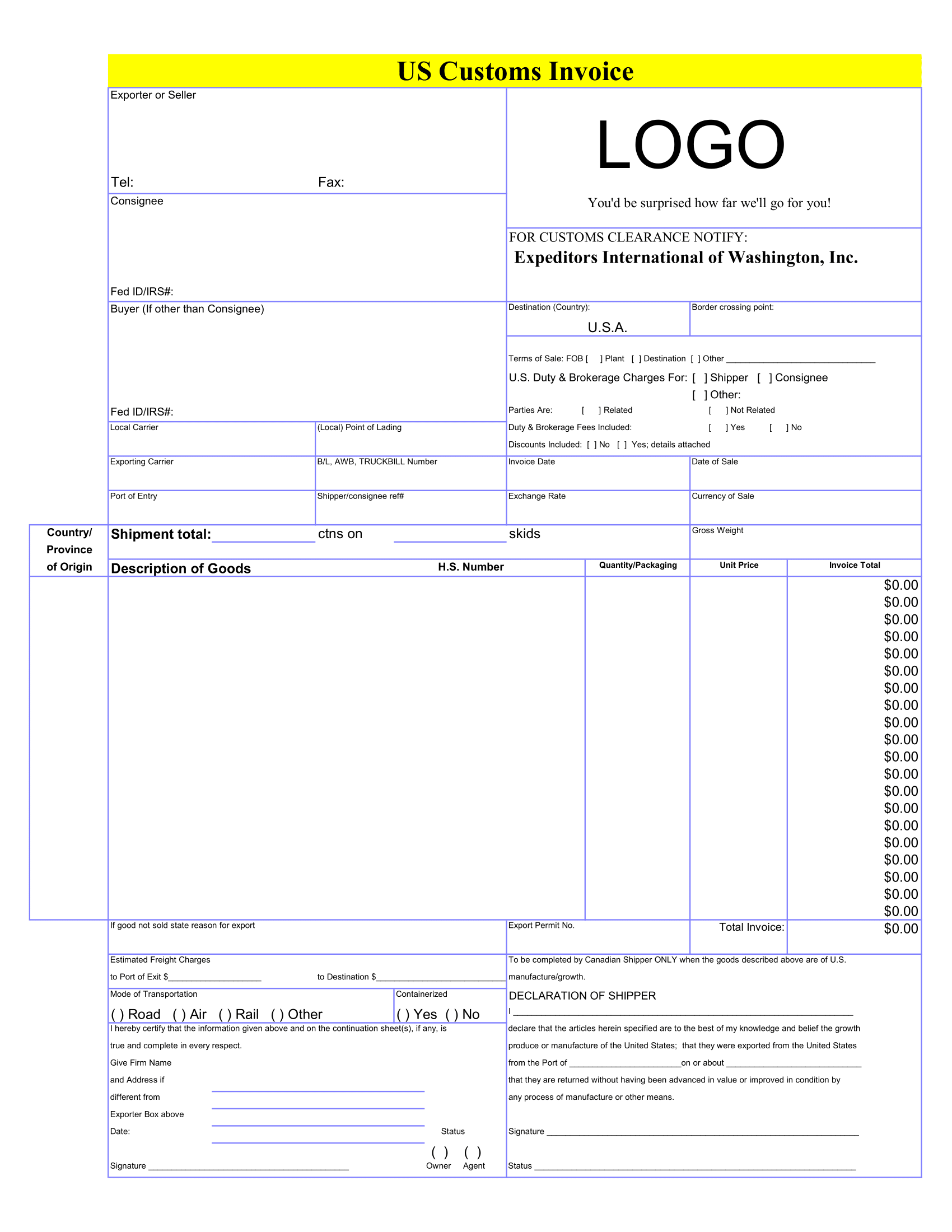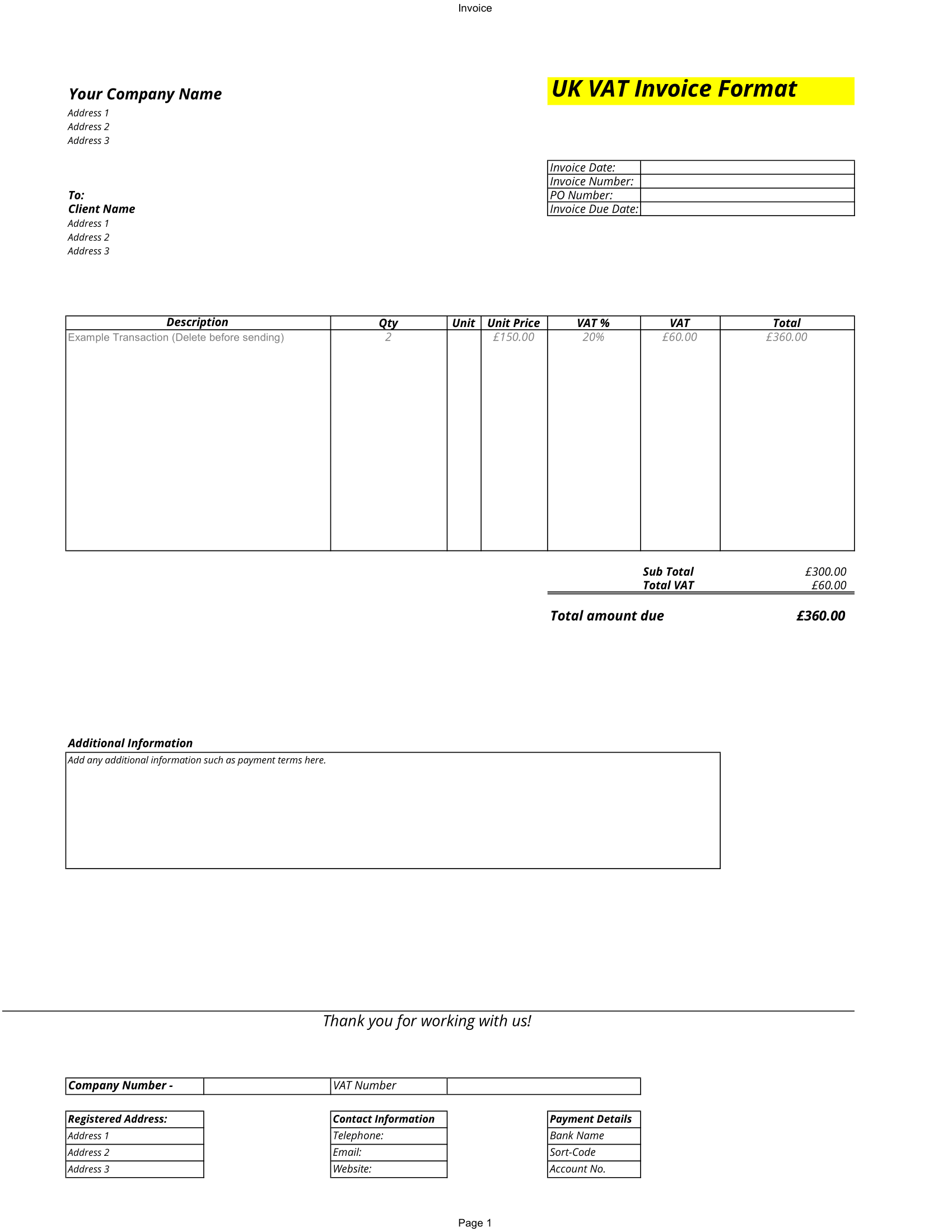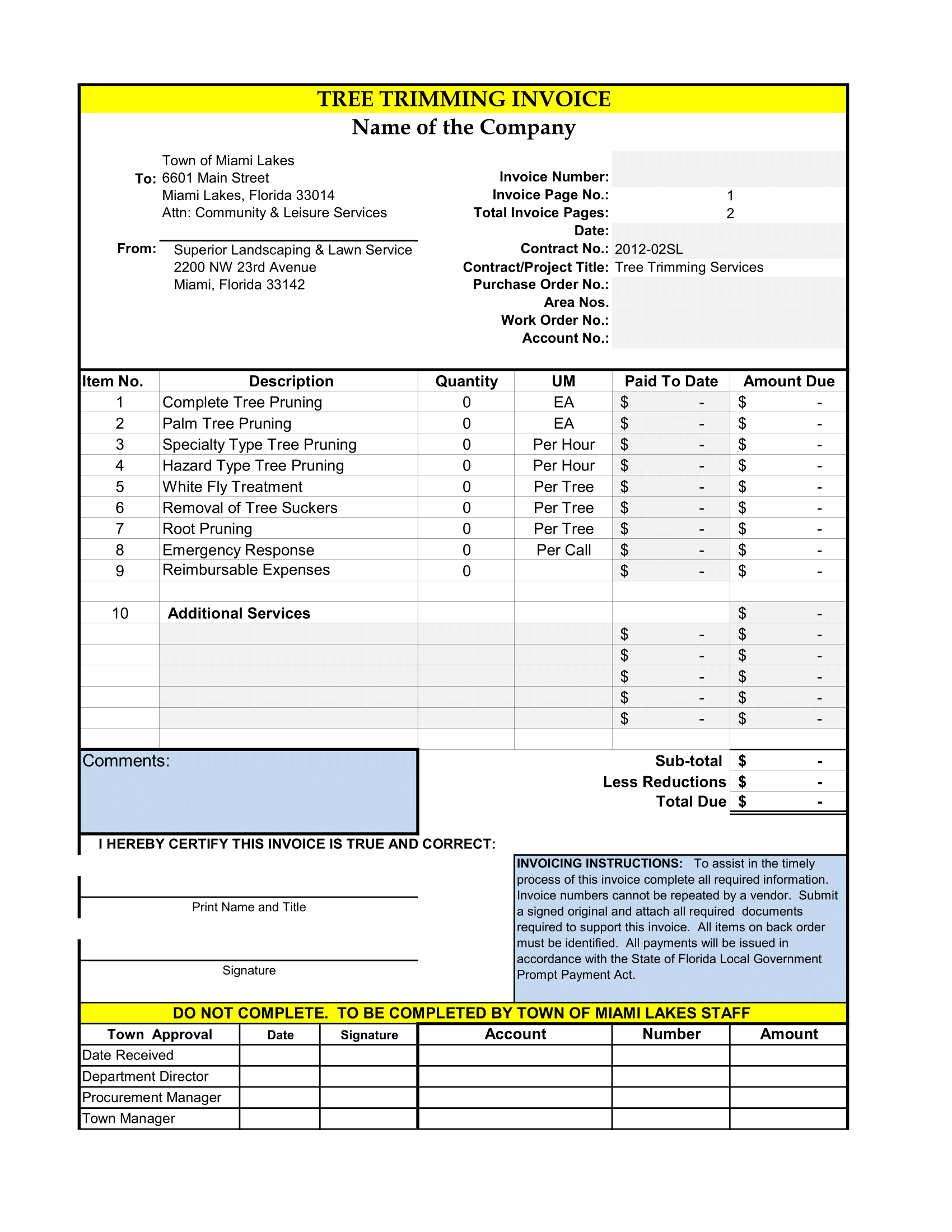The effects of childhood BMI Chart for teens and children can affect people their entire lives. Having too much weight in childhood – even if the weight is later reduced – can hasten onset of later-in-life problems such as cardiovascular disease, metabolic syndrome, and cancer. At the same time, being too fragile can result in the osteoporosis, lowered immune systems, and complications from malnutrition.
BMI Calculator Teenager
As cultures over worldwide become saturated with aggressive marketing that sells high-calorie foods, the obesity epidemic spreads. Almost paradoxically, however, obesity enters the community and focus shifts to it, the problems of underweight children grow can be ignored – thinness is valued only for sake of being thin, and fitness is misunderstood.
Weight Chart for Teens
In our consumerist culture, much of the information we get in the form of advertisements. Companies can go to great lengths to put them in front of us, and we all know they aren’t always honest. Nevertheless, when it comes to competing industries such as those selling junk food versus those selling fitness products, it can be hard to know what is right.
BMI Chart for Teenager
One tool that doctors use to track fitness is Body Mass Index (BMI). Also child’s BMI can be measured against average for their peers. If their values fall outside of the healthy range, measures can be taken to help you ensure they are growing normally.
BMI Calculator Teenager kg
With our BMI Chart for Teens and Children, we have brought this tool out of doctor’s office and put it into your hands. It’s the simple spreadsheet. To use this, you only need to take a couple of measurements. We’ll even explain you how to take those later in this article. And also input them into the spreadsheet. That information is then compared against the average for the child’s age, and displayed in an easy-to-read format.
What Is BMI?
The letters BMI stands for Body Mass Index. This is a measurement comparing a person’s height in meters to the weight in kilograms. This measurement can also help you determine if any person is underweight, overweight, or fighting with obesity.
We need to say that while BMI is an excellent tool for measuring health, it isn’t foolproof. Particularly for very athletic people with more muscle mass than their peers. Their BMI will skew high. This is why a doctor will also ask questions about other issues, such as a child’s physical activity and diet.
When you take your child’s readings, particularly if they are concerning, be sure to consult proper medical professional. Not only do they have the expertise to properly diagnose your child. But they also have access to the right tools to help them move forward.
What Is a BMI Chart for Teens and Children?
A BMI chart, also sometimes called as BMI calculator, is simply a tool used by doctors and others to see how a person’s height and weight compares to other children of the same age. Many doctors will call this measurement the BMI for age.
The growth patterns recorded in BMI charts for teens and children were recorded from national surveys in the United States. The data was collected from 1963 through 1994.
Unlike adult BMI, you must compare BMI of one child to the BMI of other children of the same age and gender. Since children go through rapid growth spurts at common ages, this age-based comparison helps to provide more accuracy. Thus, Developing boys and girls will also have different amounts of body fat, which is why BMI charts are also separated by gender.
How Is BMI Calculated for Teens and Children?
When calculating BMI for teens and kids, there are two steps.
- Record the child’s height and weight. If you take BMI measurements at home, this article had tips for getting accurate data. Measuring Children’s Height and Weight Accurately at Home.
- Use a BMI chart to calculate a BMI number.
BMI charts will express BMI number for children and teens as a percentile.
How to Use a BMI Chart for Teens and Children
When used with children, a BMI chart is not a diagnostic tool. Its primary purpose is to screen for health issues related to growth and weight.
The American Academy of Pediatrics recommends using the BMI chart to screen for overweight . So, Obesity problems in children who are two years old or older.
If a BMI score indicates that there may be a problem with excess fat, there are additional assessments a doctor can do. These include evaluations of diet, skinfold thickness measurements, and questions about physical activity and family history.
A high BMI score can indicate overweight children or childhood obesity. A low BMI score may indicate underweight children. Both of these BMI categories have potential negative health implications.

